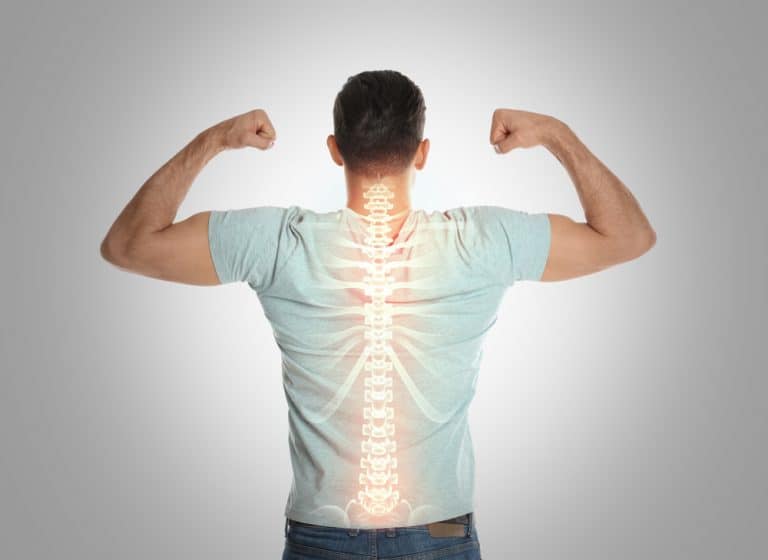Kyphoplasty in East Harlem, NY
NY Spine Medicine, a leading provider of kyphoplasty procedures in East Harlem, NY, is dedicated to transforming lives impacted by vertebral fractures and osteoporosis. With a commitment to excellence and patient-centered care, we offer unparalleled expertise in kyphoplasty treatment.









